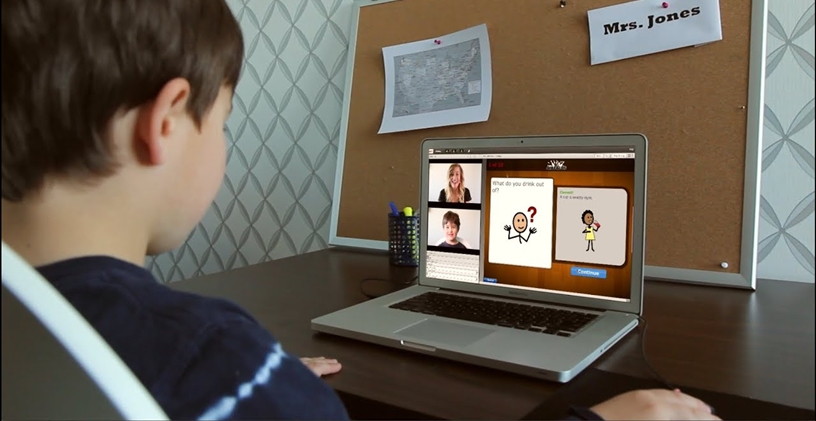What Is Vocal Fold Paralysis?

Vocal fold paralysis (also known as vocal cord paralysis) is a voice disorder that occurs when one or both of the vocal folds don’t open or close properly. Single vocal fold paralysis is a common disorder. Paralysis of both vocal folds is rare and can be life-threatening.
The vocal folds are two elastic bands of muscle tissue located in the larynx (voice box) directly above the trachea (windpipe) (see figure). When you breathe, your vocal folds remain apart and when you swallow, they are tightly closed. When you use your voice, however, air from the lungs causes your vocal folds to vibrate between open and closed positions.
If you have vocal fold paralysis, the paralyzed fold or folds may remain open, leaving the air passages and lungs unprotected. You could have difficulty swallowing or food or liquids could accidentally enter the trachea and lungs, causing serious health problems.
What Causes Vocal Fold Paralysis?
Vocal fold paralysis may be caused by injury to the head, neck, or chest; lung or thyroid cancer; tumors of the skull base, neck, or chest; or infection (for example, Lyme disease). People with certain neurologic conditions such as multiple sclerosis or Parkinson’s disease, or who have sustained a stroke, may experience vocal fold paralysis. In many cases, however, the cause is unknown.
Symptoms
Symptoms of vocal fold paralysis include changes in the voice, such as hoarseness or a breathy voice; difficulties with breathing, such as shortness of breath or noisy breathing; and swallowing problems, such as choking or coughing when you eat because food is accidentally entering the windpipe instead of the esophagus (the muscular tube that connects the throat to the stomach).
Changes in voice quality, such as loss of volume or pitch, also may occur. Damage to both vocal folds, although rare, usually causes serious problems with breathing.
Diagnoses
Vocal fold paralysis is usually diagnosed by an otolaryngologist—a doctor who specializes in ear, nose, and throat disorders. He or she will ask you about your symptoms and when the problems began in order to help determine their cause. The otolaryngologist will also listen to your voice to identify breathiness or hoarseness. Using an endoscope—a tube with a light at the end—your doctor will look directly into the throat at the vocal folds. Some doctors also use a procedure called laryngeal electromyography, which measures the electrical impulses of the nerves in the larynx, to better understand the areas of paralysis.
Treatment of Vocal Fold Paralysis
The most common treatments for vocal fold paralysis are voice therapy and surgery. Some people’s voices will naturally recover sometime during the first year after diagnosis, which is why doctors often delay surgery for at least a year. During this time, your doctor will likely refer you to a speech-language pathologist for voice therapy, which may involve exercises to strengthen the vocal folds or improve breath control while speaking.
You might also learn how to use your voice differently, for example, by speaking more slowly or opening your mouth wider when you speak. Several surgical procedures are available, depending on whether one or both of your vocal folds are paralyzed.
The most common procedures change the position of the vocal fold. These may involve inserting a structural implant or stitches to reposition the laryngeal cartilage and bring the vocal folds closer together. These procedures usually result in a stronger voice. Surgery is followed by additional voice therapy to help fine-tune the voice.
When both vocal folds are paralyzed, a tracheotomy may be required to help breathing. In a tracheotomy, an incision is made in the front of the neck and a breathing tube is inserted through an opening, called a stoma, into the trachea. Rather than occurring through the nose and mouth, breathing now happens through the tube. Following surgery, therapy with a speech-language pathologist helps you learn how to use the voice and how to properly care for the breathing tube.
If you notice any unexplained voice changes or discomfort, you should consult an otolaryngologist or a speech-language pathologist for evaluation and possible treatment.
References
This article was written by NIDCD. You can read the original text here.







